The people of the Andaman and Nicobar Islands engage in a variety of occupations, primarily centred around agriculture, fishing, government services and tourism. Agriculture plays a vital role, with crops like rice, coconut, areca nut and spices being grown, while fishing supports many coastal communities. Government employment is also significant, given the islands’ strategic location and the presence of military installations like the Andaman and Nicobar Command. Tourism has become an increasingly important sector, with many locals working in hospitality, transportation, and tourism-related services, especially on popular islands like Havelock and Neil. Small-scale industries like handicrafts and coconut-based products also contribute to the local economy.
Suggested Read: Fairs and Festivals in Andaman and Things to do in Andaman
History of Agricultural Practices in Andaman and Nicobar Islands
If we dig into the history of agriculture in the Andaman and Nicobar Islands and study how it is shaped over the ages by the region’s indigenous communities, colonial influences and its unique environment, we shall realize that the development of agriculture in the islands has been a gradual process. influenced by external migration, government initiatives, and natural challenges.
Suggested Read : Andaman tour packages
Situation in the Pre-Colonial Period
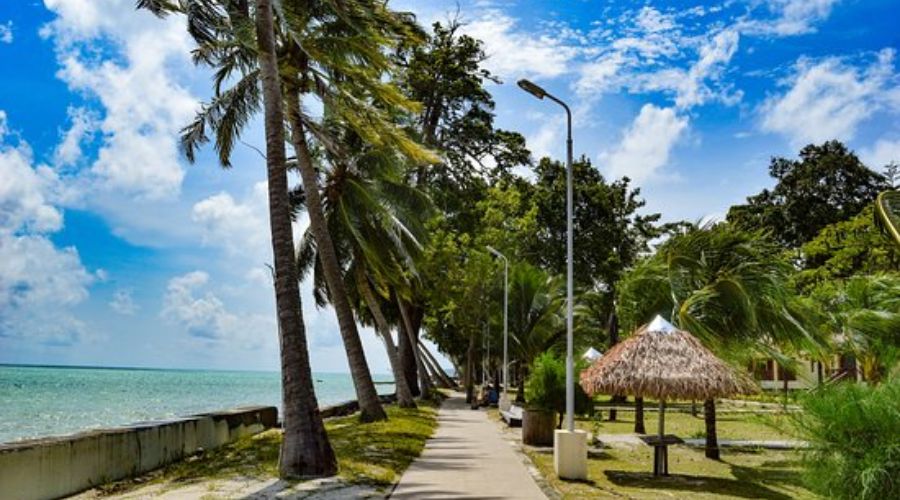
Before the arrival of the British, the indigenous tribes of the Andaman Islands, such as the Onge, Jarwa, Great Andamanese and the Nicobarese in the Nicobar Islands, who dominated the region practiced limited forms of agriculture. Most of these tribes were primarily hunter-gatherers and foragers, relying on the forest and sea for sustenance. Some indigenous groups, especially in the Nicobar Islands, practiced shifting cultivation or Jhum farming, where small patches of forest were cleared for cultivation and left to regenerate after a few cycles.
Suggested Read : Andaman honeymoon packages
Situation in the Colonial Era (1789 Onwards)
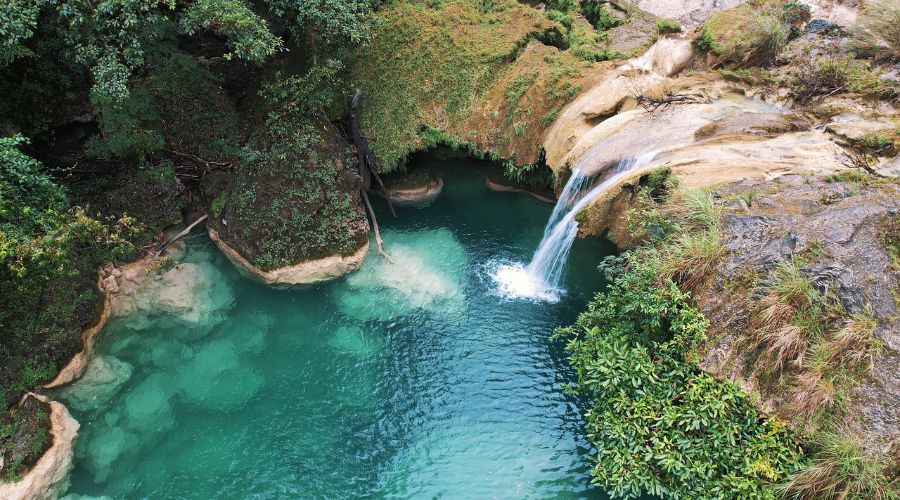
British Settlement and Penal Colony changed the face of agriculture in Andaman and Nicobar Islands. The British established their settlement in the Andaman Islands in 1789. Agriculture in the early colonial period was limited, but the development of the penal colony in Port Blair in 1858 marked a turning point for agriculture. To feed the growing convict population, the British administration started large-scale agricultural projects. Convict labour was used to clear forests and create farmland, mainly for growing rice, vegetables and fruits. Coconut and areca nut plantations started being cultivated. Plantation Crops were introduced. The British introduced plantation crops such as coconuts and areca nuts to make the islands more economically productive. Coconut plantations came to gain importance in the coastal areas. Farms were operated by the penal settlement and were established across the islands, producing crops like rice, maize, pulses and oilseeds. These farms became a crucial part of the colony’s food supply.
Suggested Read : Andaman beaches
Situation in the Post-Independence Era from 1947 Onwards
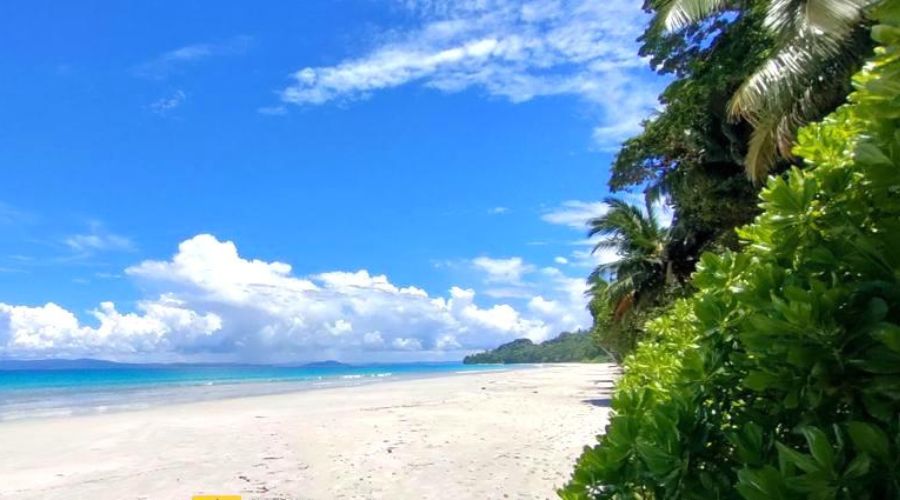
After India’s independence, large-scale migration to the Andaman Islands was encouraged by the Indian government. People from mainland India, particularly from Bengal, Tamil Nadu and Andhra Pradesh shifted to settle in the islands. These settlers introduced new farming techniques and crops, leading to a significant increase in agricultural activity. Settlers from the mainland, particularly from rice-growing regions, introduced more extensive rice farming methods. Rice became the staple crop of the islands and is still the most cultivated crop today. Agriculture expanded at a fast pace. Government-backed resettlement schemes aimed at expanding agricultural land by clearing forests for cultivation. By the 1950s and 1960s, the government provided settlers with land, seeds and farming tools, and encouraged the expansion of agriculture further.
Suggested Read : Andaman foods
Establishment of Research Institutions
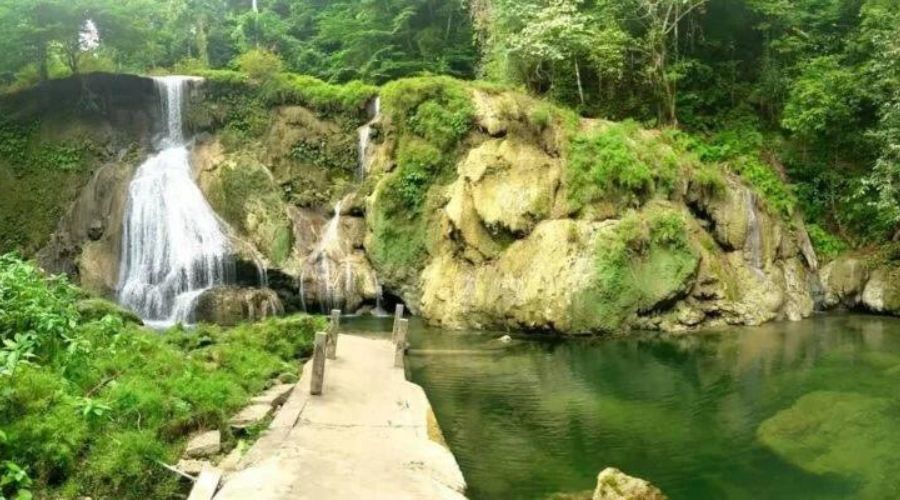
Central Agricultural Research Institute (CARI) was established in the 1970s, which is now known as the Central Island Agricultural Research Institute (CIARI). It is located in Port Blair with a mission to focus on the unique agricultural challenges faced by the islands due to their remote location, tropical climate and limited availability of land resources. CIARI played a vital role in introducing improved crop varieties, modern farming techniques and sustainable practices suited to the local conditions. The terrible impact of the 2004 Tsunami has left the islands devastated, particularly the Nicobar Islands. Coconut and areca nut plantations, which are the key crops in the Nicobar group, were heavily damaged due to saltwater intrusion. Agricultural land became saline, rendering large areas unproductive. Post-tsunami rehabilitation included efforts to restore agricultural land, especially by desalinating soil and replanting crops like coconut and rice. Government and international aid programs supported these efforts.
Suggested Read : solo trip in andaman
Modern Agricultural Trends in Andaman

In recent years, there has been a focus on organic farming, driven by the government’s emphasis on sustainability and the preservation of the islands’ fragile ecosystem. Organic practices, such as the use of compost, organic fertilizers and biopesticides, have been promoted to reduce the environmental impact of agriculture. The cultivation of fruits like bananas, pineapples, and papayas has expanded, with a focus on diversifying crops. Spices such as pepper and turmeric are also grown in small quantities. Modern farming techniques like polyhouse farming (protected cultivation) and rainwater harvesting for irrigation have been introduced to overcome the islands’ challenging climatic conditions and limited freshwater resources.
Suggested Read : Family andaman package
Modern Day Challenges in Agricultural Practices in Andaman
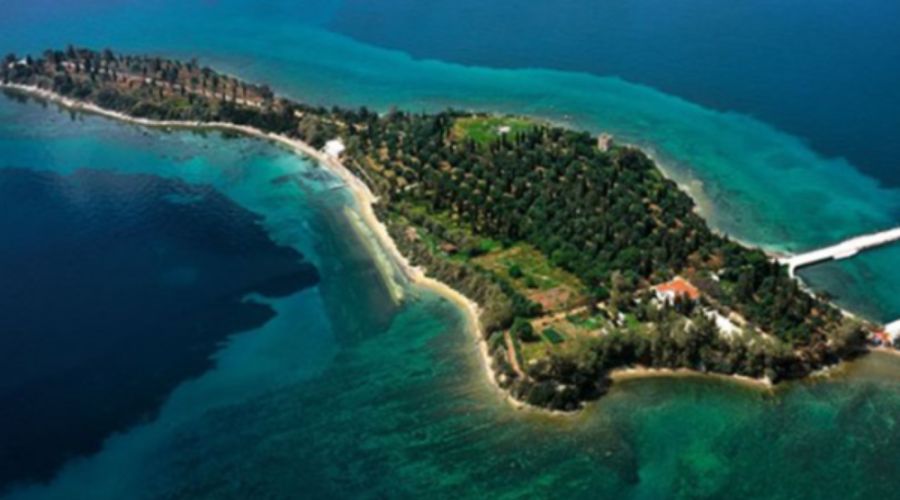
One most important challenge is that the islands have rugged terrain and are densely forested. Thus there is only a small fraction of land that is suitable and open for agriculture. Much of the land still remains under forest cover due to environmental regulations that limit expansion and encroachment. The islands are also highly vulnerable to natural disasters such as cyclones, which frequently disrupt agricultural activities. Saltwater intrusion from storms and rising sea levels serve as a constant threat to acres of farmlands, especially in coastal areas rendering them useless. Moreover, agriculture in the Andaman and Nicobar Islands is primarily small-scale and subsistence-based, with limited commercial production due to the geographic isolation and high costs of transportation to mainland markets.
The history of agriculture in the Andaman and Nicobar Islands reflects a gradual evolution from traditional practices among indigenous tribes to more modern, structured farming introduced by colonial settlers and later expanded by post-independence resettlement efforts. The islands face ongoing challenges related to their environment but agriculture continues to play a crucial role in the livelihoods of the people, with an increasing focus on sustainability and organic practices. The island’s small population means there is often a lack of labour for large-scale farming.
Major Crops Grown in Andaman Islands
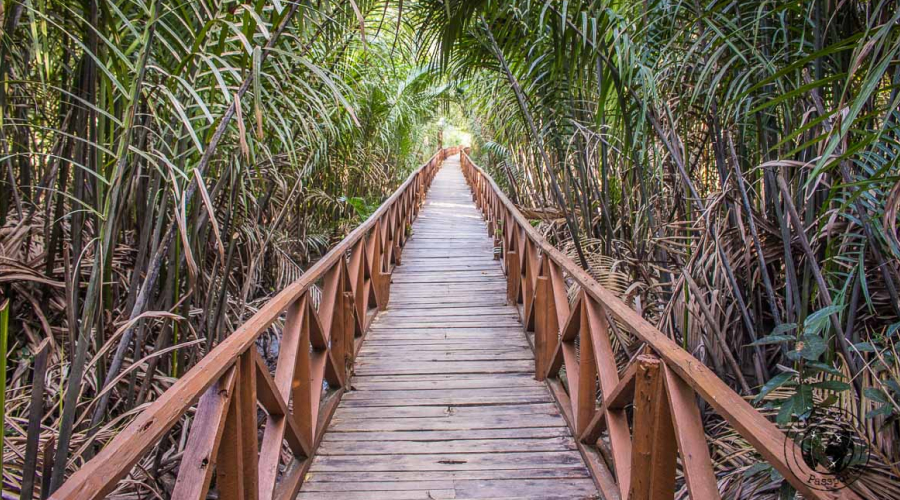
Agriculture in the Andaman and Nicobar Islands is primarily shaped by the region’s unique geography, climate and limited arable land. The islands face challenges like frequent cyclones, saltwater intrusion and undulating terrain, which limit large-scale agriculture. However, traditional and modern practices have been adapted to suit the local environment.
Here is a look at the major crops grown in Andaman Islands. Rice is the staple food and the most widely grown crop in the Andaman Islands, especially in areas like North and Middle Andaman. Coconut cultivation is extensive across the islands, as it grows well in sandy, saline conditions. Areca nut, commonly known as betel nut, is another important crop grown for both local consumption and export. Locals grow a variety of vegetables such as brinjal, tomato, beans and gourds, along with pulses like urad (black gram) and green gram, though on a smaller scale. Pepper and turmeric are grown in certain pockets, benefiting from the islands’ humid, tropical climate.
The islands are known for their fruit production, with tropical fruits like bananas, pineapples, mangoes, guavas, papayas and citrus fruits being widely grown. Cashew and jackfruit are also significant crops. Apart from coconut and areca nut, rubber and coffee are cultivated in small plantations.
Agricultural Practices in Andaman and Nicobar Islands
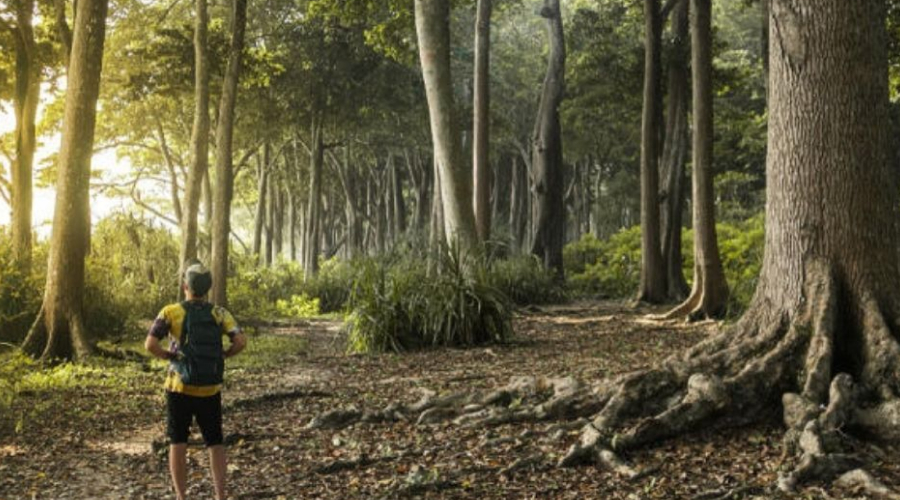
On some of the islands, the indigenous tribes of the Nicobar group practice traditional shifting cultivation, also known as Jhum farming. This involves clearing a patch of forest for cultivation and moving to another patch after a few seasons to allow regeneration.
The Andaman and Nicobar Islands have moved towards organic farming, with initiatives to reduce the use of chemical fertilizers and pesticides due to the islands’ fragile ecosystem. Organic methods, such as using cow dung and compost for fertilizer, have gained traction among local farmers.
Strategic Water Management In Andaman Islands

Since the islands receive significant rainfall, rainwater harvesting is commonly used for irrigation. Many farmers rely on ponds, wells, and canals to store and use rainwater during the dry season. Given the undulating terrain and the saline nature of much of the water, irrigation remains a challenge, especially during the dry months.
Fisheries and Livestock in Andamans
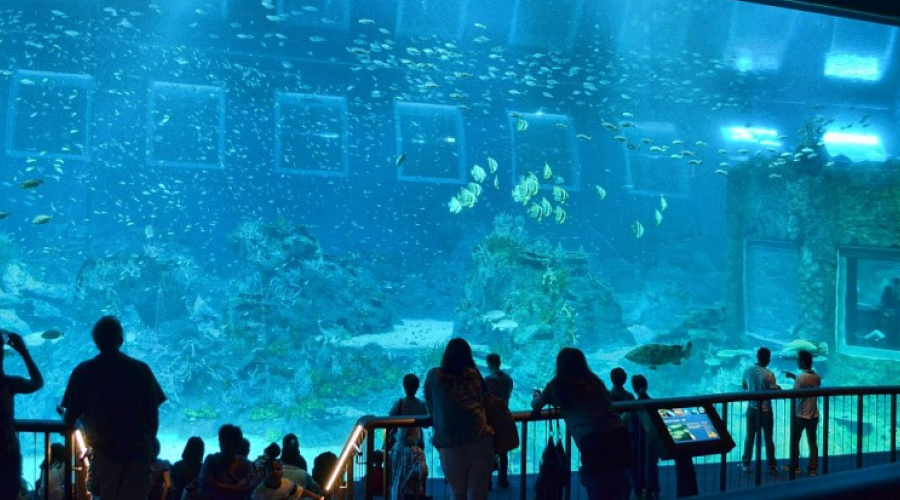
Fishing is an integral part of the economy, given the abundance of marine resources. Small-scale fishing provides both food and income to the local population. Cattle, poultry, and pigs are commonly raised. However, livestock farming remains limited due to the lack of extensive pasture land.
Impact of Climate and Soil in Andaman Agriculture
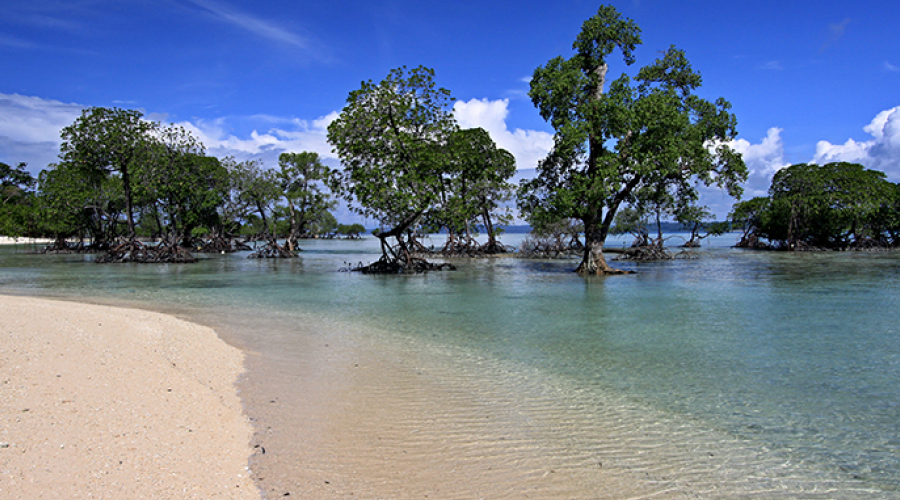
The climate of the islands is tropical, with high humidity and significant rainfall during the monsoon season. This benefits the cultivation of certain crops, but also makes the region vulnerable to flooding and soil erosion. The soil is predominantly sandy, with limited fertility. Organic methods are often necessary to improve soil health, particularly in coastal areas affected by saltwater intrusion.
Government Initiatives and Research
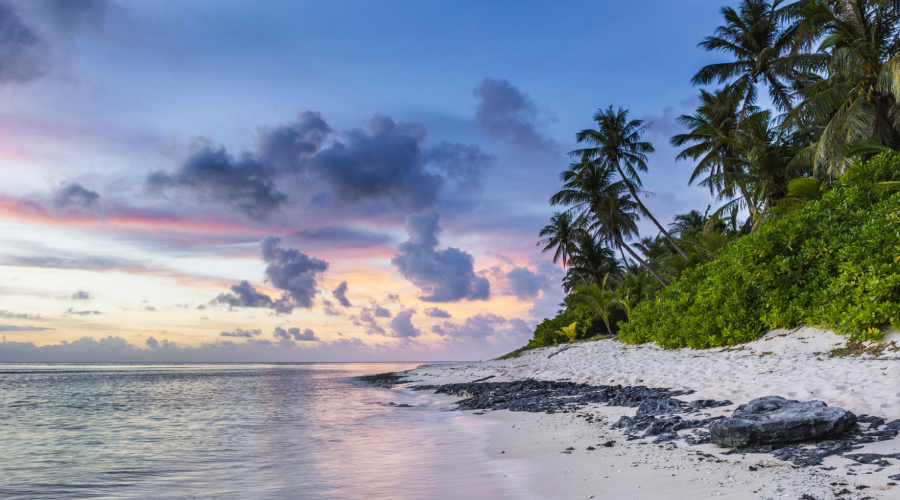
CIARI, based in Port Blair, focuses on research and development in agriculture specific to the region’s conditions. It helps develop farming practices suitable for small-scale farmers, including improved crop varieties and sustainable farming techniques. The government provides subsidies on seeds, irrigation equipment, and fertilizers. Training programs for farmers emphasize sustainable and organic practices.
Impact of Natural Disasters
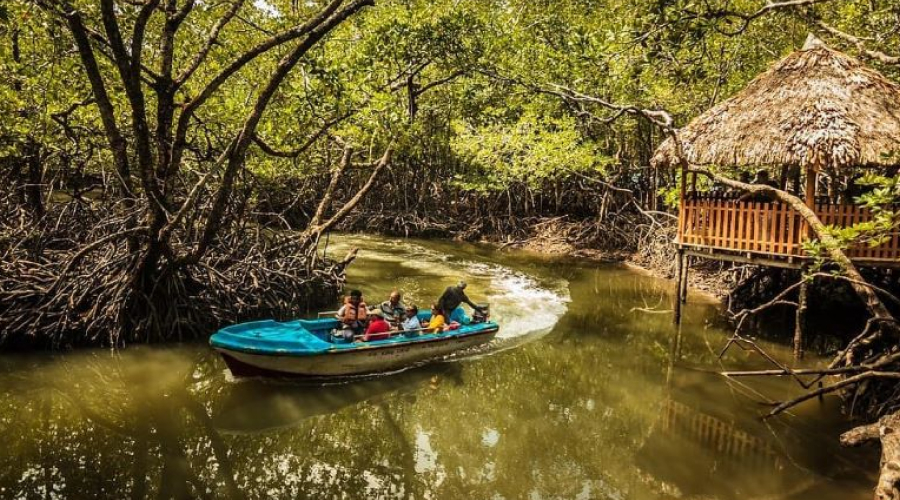
The 2004 tsunami had a major impact on agriculture, especially in the Nicobar Islands, where many coconut and areca nut plantations were destroyed due to saltwater intrusion. Efforts have been made to rehabilitate agricultural land, but certain areas remain unsuitable for farming.
Agriculture in the Andaman and Nicobar Islands is largely small-scale and subsistence-oriented, but there is a focus on organic and sustainable practices. With the help of government support and research institutes, farmers have adapted to the region’s challenging conditions, ensuring the cultivation of key crops like rice, coconut, and vegetables.
Tourism in Andaman
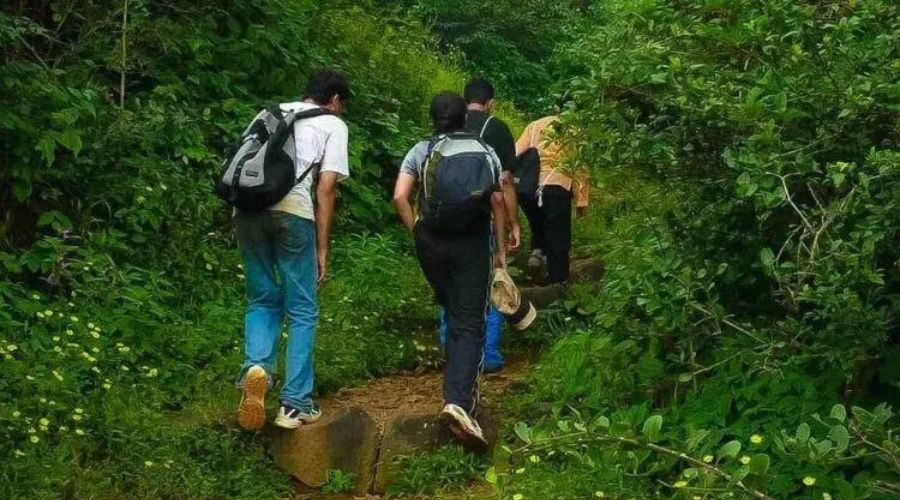
Tourism in the Andaman and Nicobar Islands has evolved significantly over the recent decades. People living in bustling concrete jungles get driven by the region’s pristine beaches, clear waters, and rich biodiversity. Popular tourist destinations include Havelock Island or Swaraj Dweep, known for Radhanagar Beach, one of Asia’s best beaches and Neil Island or Shaheed Dweep, which offers serene landscapes and vibrant coral reefs. Activities like scuba diving, snorkelling and trekking attract adventure enthusiasts, while the historical Cellular Jail in Port Blair draws those interested in India’s freedom struggle. Eco-tourism is also a focus, with the islands promoting sustainable tourism to preserve their fragile ecosystems and marine life.
Handicraft and Small-Scale Industries in Andaman
The Andaman and Nicobar Islands have a thriving handicraft industry, which is due to the abundant availability of natural resources like coconut shells, bamboo, cane and wood. Local artisans produce items such as decorative pieces, furniture, baskets and mats, showcasing traditional craftsmanship. The use of seashells and marine products in jewellery and souvenirs is also common, reflecting the island’s connection to the sea.
Small-scale industries in the Andaman Islands primarily focus on coconut-based products (like oil and coir), spices and the processing of marine resources. The government has been actively promoting these industries to provide employment opportunities to the local population and also in the process plays a significant role in preserving the region’s ecological balance.


